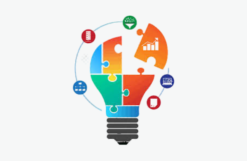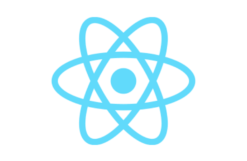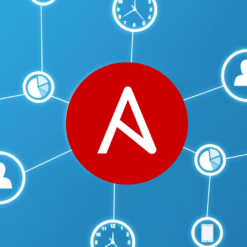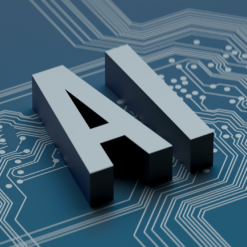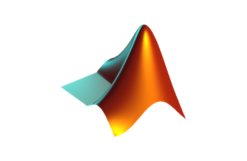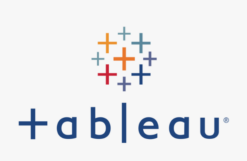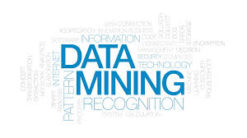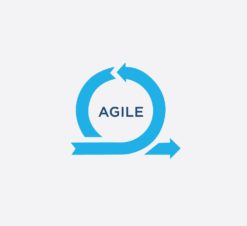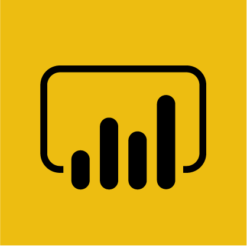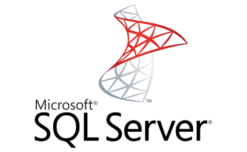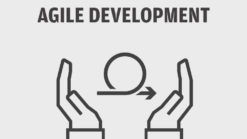Course Overview:
In this course, you’ll learn the fundamentals of the Python programming language, along with programming best practices. You’ll learn to represent and store data using Python data types and variables, and use conditionals and loops to control the flow of your programs. You’ll harness the power of complex data structures like lists, sets, dictionaries, and tuples to store collections of related data. You’ll define and document your custom functions, write scripts, and handle errors. Lastly, you’ll learn to find and use modules in the Python Standard Library and other third-party libraries.
Course Objectives:
- Introduction to Python for Data Science
- Assigning a value to variables and generating repeat and factor levels
- Performing sorting, analyze variance and the cluster
- OOP concepts, expressions, and functions
- ODBC tables reading
- Database connectivity
Target Audience:
- BI Managers and Project Managers
- Software Developers and ETL Professionals
- Analytics Professionals
- Big Data Professionals
- Those who are wanting to have a career in Python
Course Duration:
- 5 Days
Course Content:
Data Science Overview
- Introduction to Data Science
- Different Sectors Using Data Science
- Purpose and Components of Python
- Data Analytics Overview
- Data Analytics Process0
- Data Types for Plotting
- Data Types and Plotting
Creating Pie Charts and Bar Chart
- Creating Pie Charts
- Creating Bar Charts
- Creating Histograms
- Functions of Histogram
- Method of Using Scatterplots
- Creating Data for Line Charts
Basic Data Visualization
- Case Study for Vector Values
- The module on Advanced-Data Visualization
Plotnine Value
- With Functions for Plotting Values
- How to Plot Car Value
- Understanding the Plotnine Value
- Counts Charts in Plotnine
- The section on Bubble Chart
- Diverging Bars with Plotnine
- Implementation of Dot Plot
- Purpose of using Area Charts
- Ordered Bar Chart for Multiple Items
- Simple Demonstration on Pie Chart
- Basic Understanding of Statistics
Regression
- Implementation of Mean Median and Mode
- Understanding the Linear Regression
- Understanding Multiple Regression
- Functions of Logistic Regression
- Learning the Normal Distribution Curve
- Understanding the Binomial Distribution
- Involvement of Poisson Regression
- Analysis of Covariance
- Time Series Analysis
- Nonlinear Least Square
- The section on Decision Tree
- The Random Forest Approach
- Machine Learning and its Concepts
- Understanding the Concept of Data
- Counting the Number of Combinations
- Generating Random Numbers
- Generating Random Sequences
- Converting Probabilities to Quantiles
- Criteria for Plotting a Density Function
- The module on Machine Learning
- Data collection
- data sorting
- data analysis
- algorithm development
- checking algorithm-generated
- the use of an algorithm to further conclusions
- Decision trees
- Support-vector machine
- Naive Bayes classifier
- k-nearest neighbors
- linear regression



